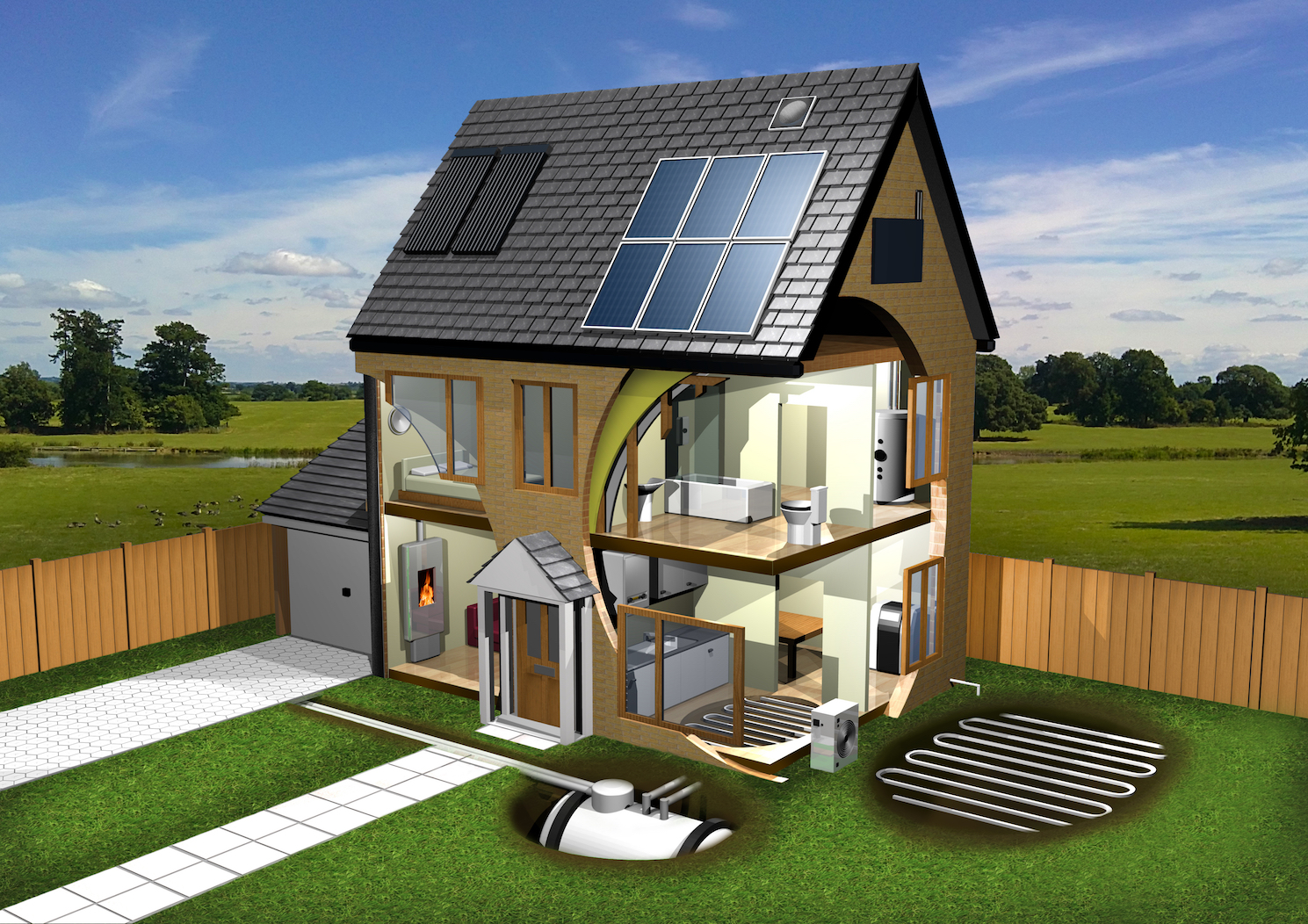
Reducing a building’s CO2 emissions can also lower energy costs
Researchers at Concordia University are describing a method that they have developed to substantially reduce the carbon emissions generated by homes and buildings while lowering energy costs.
In Canada, residents of the Far North live at great distances from power grids. Powering these remote communities along with large buildings that share built energy systems can be costly in terms of both money and climate change.
“It often feels like we have to choose between our financial constraints and using more energy-efficient measures,” said study co-author Mohammad Sameti. “But what our method shows is that we can efficiently integrate a given system to positively affect both.”
Professors in the Department of Building, Civil, and Environmental Engineering teamed up with colleagues to develop a method that could optimize the integration of multiple systems across multiple buildings.
The research team studied a grid that served eight residential buildings with varying power demands and constraints to identify an energy usage pattern that was both efficient and cost -effective.
They created a virtual model to provide a range of simulations that considered multiple non-renewable and renewable energy sources, including hydroelectric power. The experts also had to consider issues within the grid, such as the age of buildings or how their energy use changes at different times.
“Because of the complexity of the problem and the large number of decision variables involved, we needed to run all possible variables,” explained co-author Fariborz Haghighat.
The study revealed that, when the priority of the simulation was to reduce carbon emissions, these emissions could be reduced by 59 percent while cutting costs by 75 percent. When overall costs were prioritized instead, however, the result was a savings of just 38 percent along with higher carbon emissions.
“To optimize cost, we had to prioritize systems that burn fossil fuels. These technologies are cheaper to install and operate than the renewable energy models, but offer no reduction in emissions,” said Sameti.
“Renewable energy sources used in the optimal simulation create a net-zero energy usage by the network, removing the need to rely on traditional heating and cooling technologies with higher emissions, and draw less power from the grid.”
This study demonstrates that a significant reduction in carbon emissions is possible without changing all systems in all buildings within a grid. Because of this, the new approach can be applied as changes are made over time. The ultimate goal of the research is the development of a net-zero energy district (nZED).
The study is published in the journal Applied Energy.
—
By Chrissy Sexton, Earth.com Staff Writer













